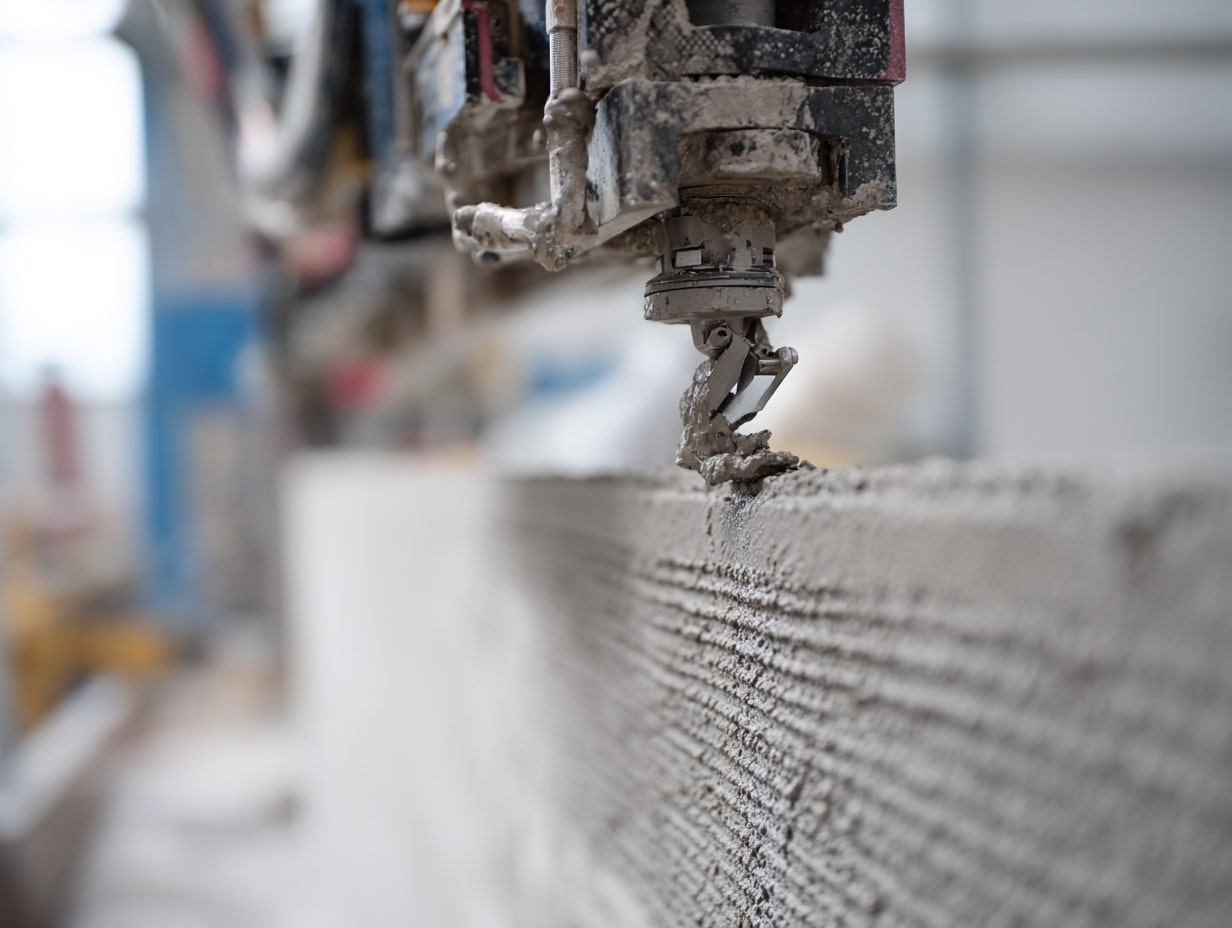- Home
- Articles
- Architectural Portfolio
- Architectral Presentation
- Inspirational Stories
- Architecture News
- Visualization
- BIM Industry
- Facade Design
- Parametric Design
- Career
- Landscape Architecture
- Construction
- Artificial Intelligence
- Sketching
- Design Softwares
- Diagrams
- Writing
- Architectural Tips
- Sustainability
- Courses
- Concept
- Technology
- History & Heritage
- Future of Architecture
- Guides & How-To
- Art & Culture
- Projects
- Interior Design
- Competitions
- Jobs
- Store
- Tools
- More
- Home
- Articles
- Architectural Portfolio
- Architectral Presentation
- Inspirational Stories
- Architecture News
- Visualization
- BIM Industry
- Facade Design
- Parametric Design
- Career
- Landscape Architecture
- Construction
- Artificial Intelligence
- Sketching
- Design Softwares
- Diagrams
- Writing
- Architectural Tips
- Sustainability
- Courses
- Concept
- Technology
- History & Heritage
- Future of Architecture
- Guides & How-To
- Art & Culture
- Projects
- Interior Design
- Competitions
- Jobs
- Store
- Tools
- More
Understanding Architectural Paper Sizes: A Guide for Effective Design & Communication
Explore the pivotal role of architectural paper sizes in enhancing design presentation and communication. This article delves into standardized dimensions like Arch A to Arch E and ANSI sizes, outlining their significance for effective drafting and collaboration. Learn how selecting the right size impacts project clarity and workflow efficiency, ensuring all stakeholders are aligned.

When it comes to the world of architecture, the right paper size can make all the difference in how our designs are presented. Architectural paper sizes aren’t just arbitrary dimensions; they play a crucial role in conveying our ideas clearly and effectively. From drafting intricate blueprints to showcasing stunning renderings, understanding these sizes helps us communicate our vision to clients and collaborators alike.

Table of Contents
ToggleOverview of Architectural Paper Sizes
Architectural paper sizes are standardized dimensions specifically designed for drafting and rendering architectural plans. These sizes facilitate the efficient reproduction of designs, ensuring accurate scaling and clear communication among professionals.

Common architectural paper sizes include:
- Arch A (9 x 12 inches): Ideal for small drawings and quick sketches.
- Arch B (12 x 18 inches): Useful for more detailed layouts and section views.
- Arch C (18 x 24 inches): Commonly used for larger plans and presentations.
- Arch D (24 x 36 inches): Optimal for full-size construction documents.
- Arch E (36 x 48 inches): Suitable for extensive site plans and schematics.
Paper sizes follow the ISO 216 standard, ensuring consistency across various regions. Using these sizes enables architects to streamline their workflows, maintaining uniformity in presentations and reducing confusion.
Understanding the nuances of each architectural paper size helps us select the right format based on project requirements. By adhering to established standards, we enhance collaboration with clients and contractors, fostering effective communication of our design intentions.
Common Architectural Paper Sizes
Architectural paper sizes are critical for presenting designs effectively. Designers and architects utilize standardized dimensions, ensuring clarity and consistency.

ANSI Sizes
ANSI paper sizes originate from the American National Standards Institute. These dimensions are often used in architectural drawing, with sizes ranging from small to large formats. The key ANSI sizes include:
- ANSI A: 8.5 x 11 inches
- ANSI B: 11 x 17 inches
- ANSI C: 17 x 22 inches
- ANSI D: 22 x 34 inches
- ANSI E: 34 x 44 inches
These sizes cater to various needs, from small detailed sketches to larger presentations.
ISO Sizes
ISO paper sizes follow international standards established by the International Organization for Standardization. Commonly used in architectural settings, the most relevant sizes include:
- A0: 33.1 x 46.8 inches
- A1: 23.4 x 33.1 inches
- A2: 16.5 x 23.4 inches
- A3: 11.7 x 16.5 inches
- A4: 8.3 x 11.7 inches
ISO sizes facilitate global collaboration, enabling seamless sharing and reproduction of designs, irrespective of regional discrepancies.
Choosing the Right Architectural Paper Size
Selecting the appropriate architectural paper size is crucial for effectively conveying project details. We should assess specific project requirements and printing considerations to choose the ideal format.

Project Requirements
Project requirements dictate the paper size needed for effective communication. We consider the scale and complexity of our designs, with smaller projects often fitting well on Arch A or Arch B sizes. For detailed layouts and larger drawings, Arch C or Arch D delivers the necessary space for precision. Extensive projects with multiple details may require Arch E to accommodate all components without sacrificing clarity.
Printing Considerations
Printing considerations influence our choice of paper size significantly. We assess the availability of printers capable of handling specific dimensions. Standard printers typically accommodate sizes up to Arch D, while larger models capable of printing Arch E or ANSI E may be required for extensive layouts. It’s also essential to consider the type of paper used, as matte or glossy finishes can enhance the presentation but may affect printing methods.
Importance of Standardization in Architectural Paper Sizes
Standardization in architectural paper sizes plays a vital role in our industry. Consistent dimensions foster clear communication among professionals, allowing architects, engineers, and contractors to work from the same set of expectations. We rely on standardized sizes to ensure designs are presented accurately, eliminating confusion during the planning and construction phases.

Standardized sizes, such as Arch A through Arch E, follow an internationally recognized system that facilitates collaboration. For instance, using Arch D (24 x 36 inches) for construction documents ensures all parties are familiar with the dimensions, reducing the likelihood of errors. Our projects benefit from these common sizes, as they assist in maintaining uniformity across various stages of development.
Additionally, standardized paper sizes support efficient production workflows. When everyone uses the same dimensions, it streamlines the printing process and minimizes waste. For example, multiple copies of Arch B (12 x 18 inches) layouts are easier to produce on printers calibrated for those sizes. This efficiency saves time and resources, enhancing overall project delivery.
Moreover, standardization aids in the global sharing of designs. Architects working with international teams can easily share plans without worrying about differing paper sizes. Whether we’re using ANSI or ISO standards, these familiar formats ensure that our designs resonate uniformly, promoting better understanding and execution of our ideas.
By adhering to standardized architectural paper sizes, we enhance our ability to convey intricate details and ensure that every stakeholder operates with the same reference. This consistency helps us present our work more professionally while encouraging seamless adjustments and feedback, ultimately leading to improved project outcomes.
Conclusion
Architectural paper sizes play a crucial role in our design process, directly impacting how effectively we present our ideas. Selecting the right paper size enhances clarity and detail, facilitating better communication with clients and collaborators.
Standardized sizes, including Arch A, Arch B, Arch C, Arch D, and Arch E, provide consistency in our presentations. By adhering to these sizes, we ensure all stakeholders operate with the same reference, reducing confusion during development phases. ANSI and ISO sizes further support our efforts in maintaining a universal approach to design, ensuring smooth collaboration across diverse teams.
Understanding project requirements helps us determine which paper size suits our needs best. Smaller projects typically align with Arch A or Arch B sizes, while larger, more intricate designs benefit from Arch C, Arch D, or Arch E. Additionally, we must consider printing capabilities and the types of finishes available, as these factors influence our choice of paper.
Overall, embracing architectural paper sizes as a fundamental aspect of our workflow increases our efficiency, improves output quality, and enhances our professional image in the architectural community. By utilizing standardized sizes, we promote clearer communication and foster better collaboration in our projects.
- Architectural Design Communication
- architectural design guide
- architectural drawing paper
- Architectural paper sizes
- architecture blueprint paper
- architecture drawing dimensions
- architecture paper dimensions
- communication in architectural design
- design and communication in architecture
- design communication
- effective architectural design
- effective design communication skills
- guide to architectural paper sizes
- how to choose architectural paper size
- paper size standards for architects
- paper sizes for architects
- paper sizes for architectural drawings
- sizes of architecture paper
- standard architectural paper sizes
- understanding architectural dimensions
I create and manage digital content for architecture-focused platforms, specializing in blog writing, short-form video editing, visual content production, and social media coordination. With a strong background in project and team management, I bring structure and creativity to every stage of content production. My skills in marketing, visual design, and strategic planning enable me to deliver impactful, brand-aligned results.
Submit your architectural projects
Follow these steps for submission your project. Submission FormLatest Posts
3D Printed Homes: Time, Cost, and What to Expect
3D printed homes explained: realistic timelines (24–72h walls, 8–16 weeks total), true...
How a Contact Centre Boosts Trust in Your Building Business
In construction, trust is the glue that holds projects together. Clients need...
How Real Time Parcel Geolocation Is Redefining Last Mile Efficiency for Modern Businesses
Last mile delivery has become the most critical point in the customer...
How Can Small Spaces Stay Stylish and Relaxing?
In today’s fast-paced urban lifestyle, small living spaces are becoming increasingly common....












Leave a comment